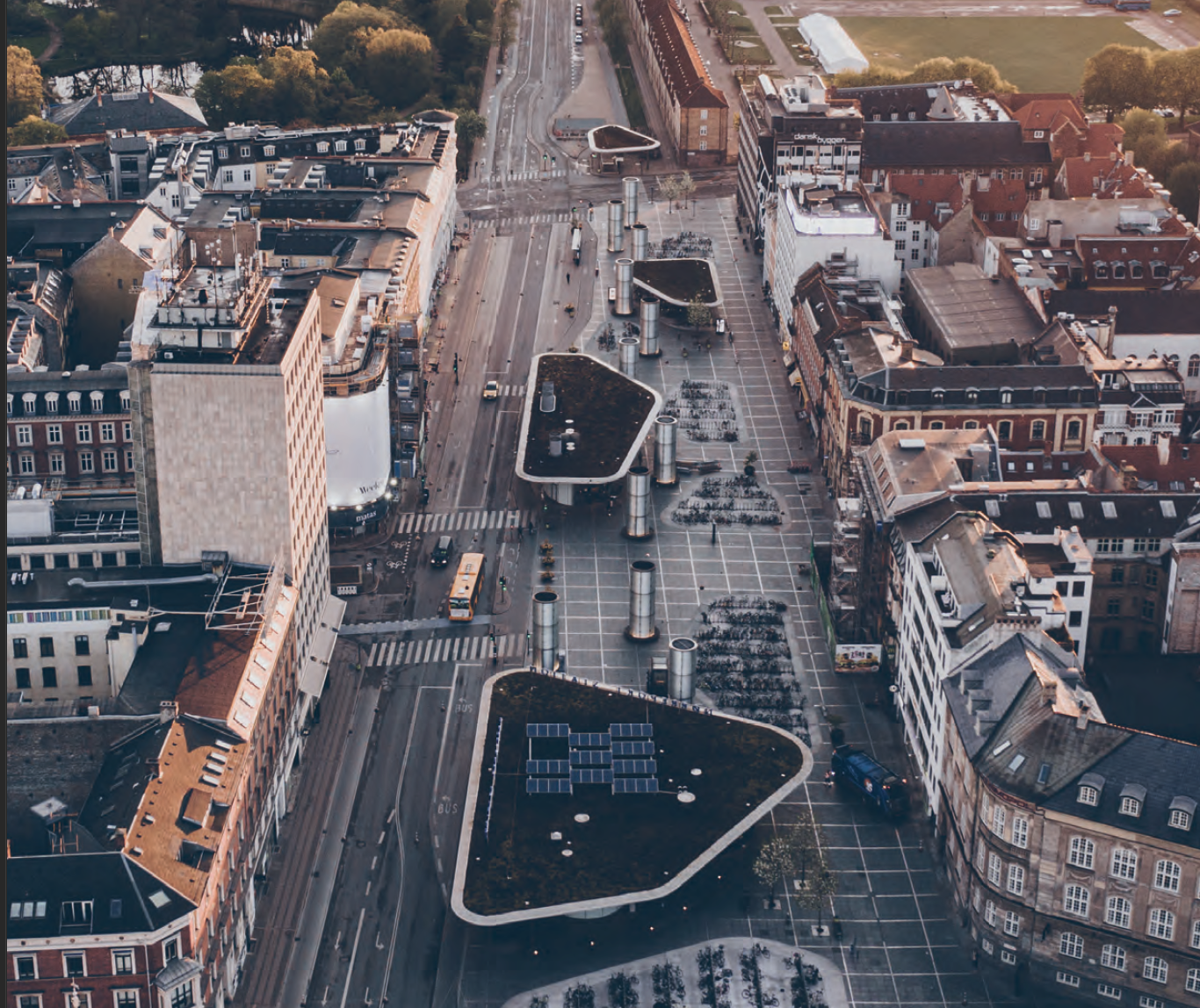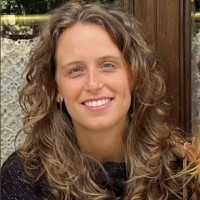Every morning, about 50 to 100 people gather in line in front of a center owned by the municipality of Aarhus, the second-largest city in Denmark. Here, they can give — and take — all sorts of materials for free. More than two metric tons of objects pass through the center per day, from sofas to dishes, lamps to wardrobes, electronic devices to tables, all of which can be brought to new homes via cargo bikes the city lends to citizens.
The project started in 2015 when Kredsløb, a company owned by the city, noticed how much the citizens of Aarhus were throwing away. To solve this problem, they created a center called Reuse, explains Peter Christensen, its coordinator: a reimagined recycling station where goods can be taken for free.
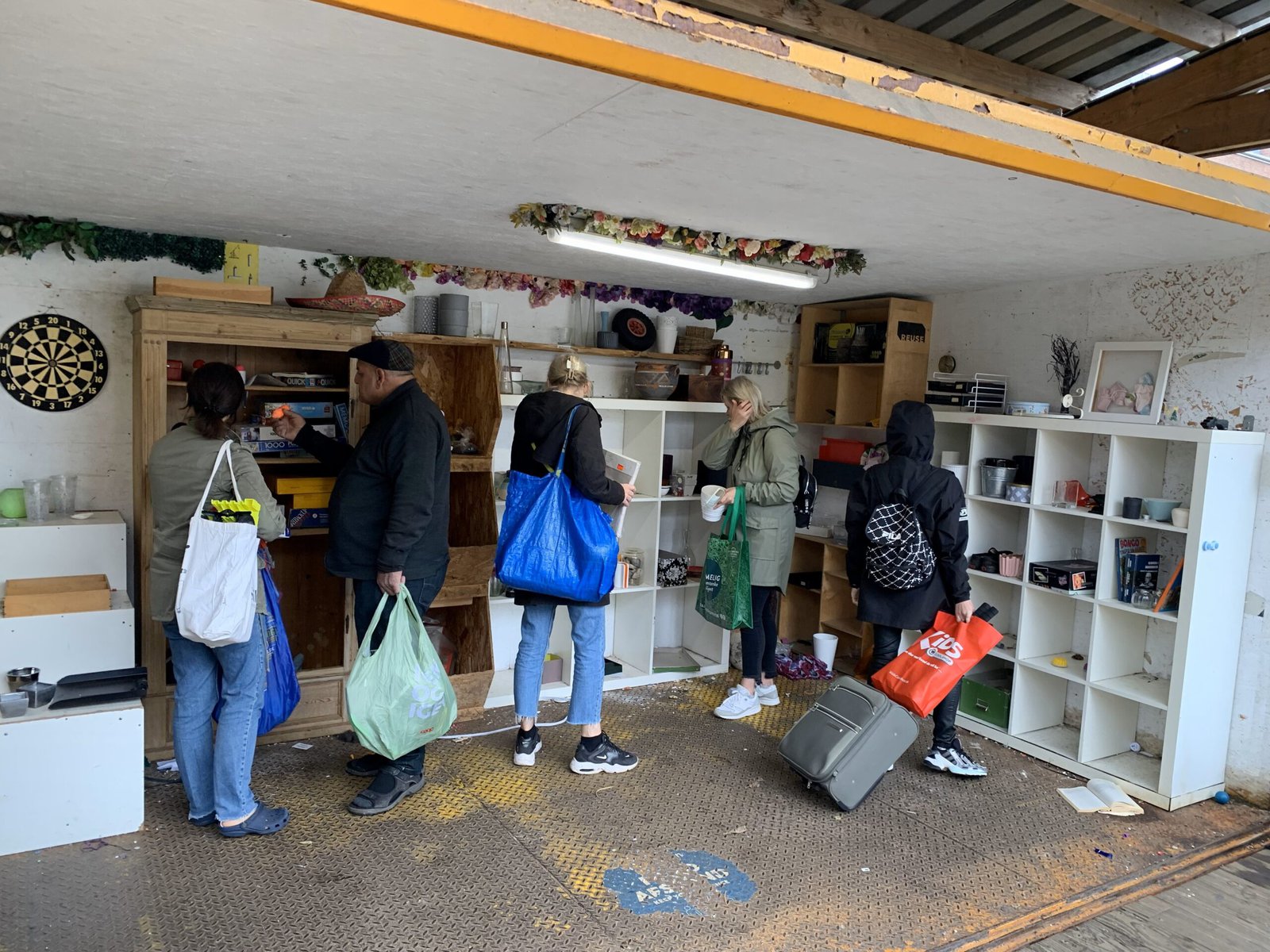
Denmark is known for its green policies and efforts to create a circular economy, in which “nothing becomes waste and the intrinsic value of products and materials are retained,” as defined by the Ellen MacArthur Foundation. It was ranked first in the 2022 Environmental Performance Index, and cities in the country are working on plans to become climate neutral. As part of one such plan, Aarhus has developed a waste strategy that will ultimately include seven material exchange centers placed inside recycling stations across the city, of which Reuse is the first.
“You take something that wasn’t worth anything and add value to it just by picking it up. This idea is maybe the key or the cornerstone of what Reuse is to me,” explains Lasse Andersen, a Reuse regular of about four years.
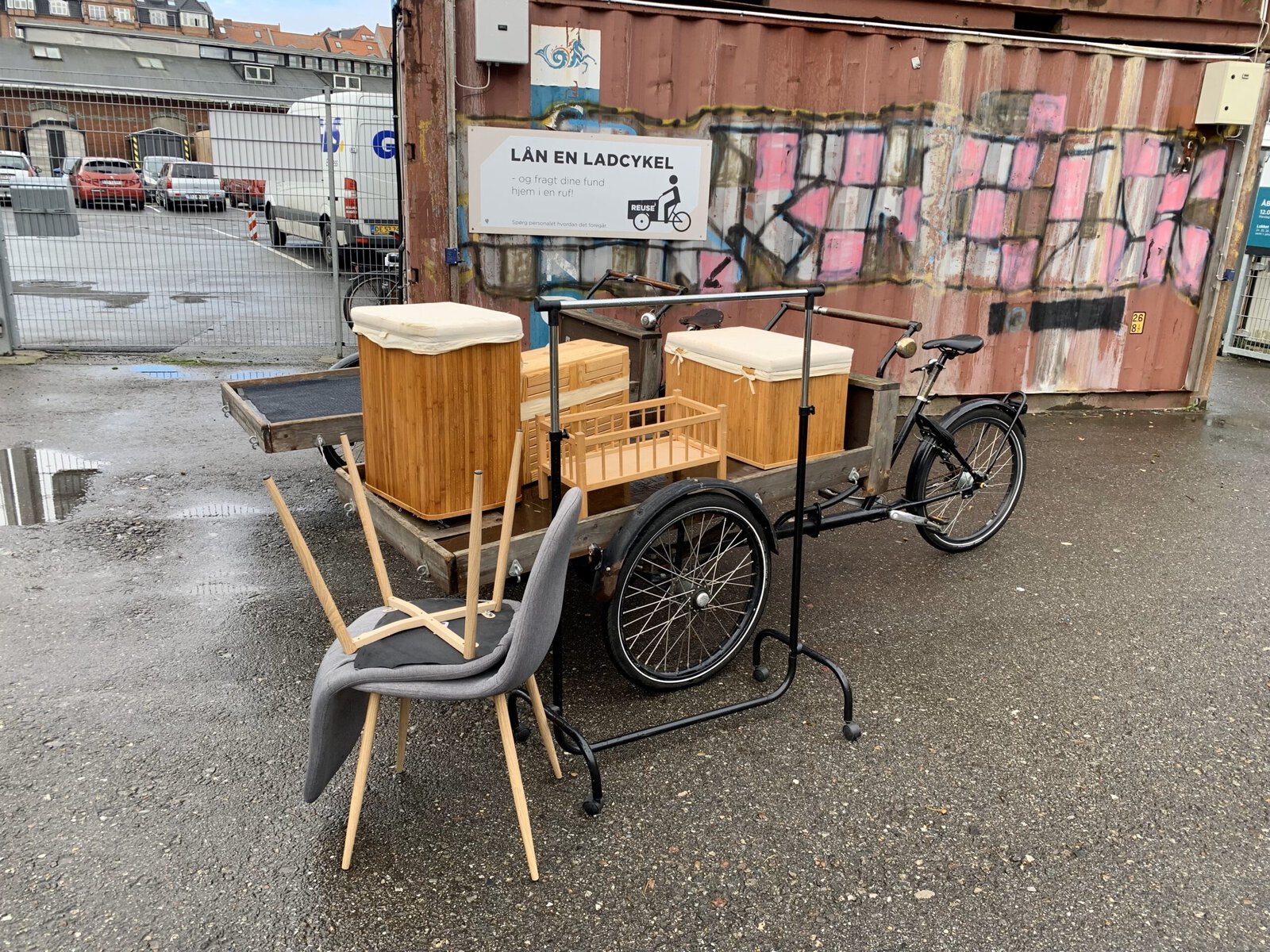
With a passion for design that led him to create a company to relaunch classic pieces from the Danish Modern movement, Andersen emphasizes the value of classic, old and possibly reused furniture. He notes that those who know what they’re looking at can find pieces from renowned, retro brands — and knowing what those items are worth makes people value them more, even if they’re used. “They just need to be seen in the right context,” he says.
Taking into account the success of the pioneer center, Aarhus is now investing in its next step: creating other centers in the city’s recycling stations so that the initiative becomes more local — and circular. Thus, the things donated by the community of a certain neighborhood will stay inside that area, explains Sofie Schousboe Laursen, who manages the project.
According to Laursen, this is why the city is actually planning to close the first center, which requires containers with goods from the surrounding recycling stations to be be transported on an approximately daily basis: “We don’t want to keep transporting, so when we open new centers in the city it becomes more circular, more local,” she says.
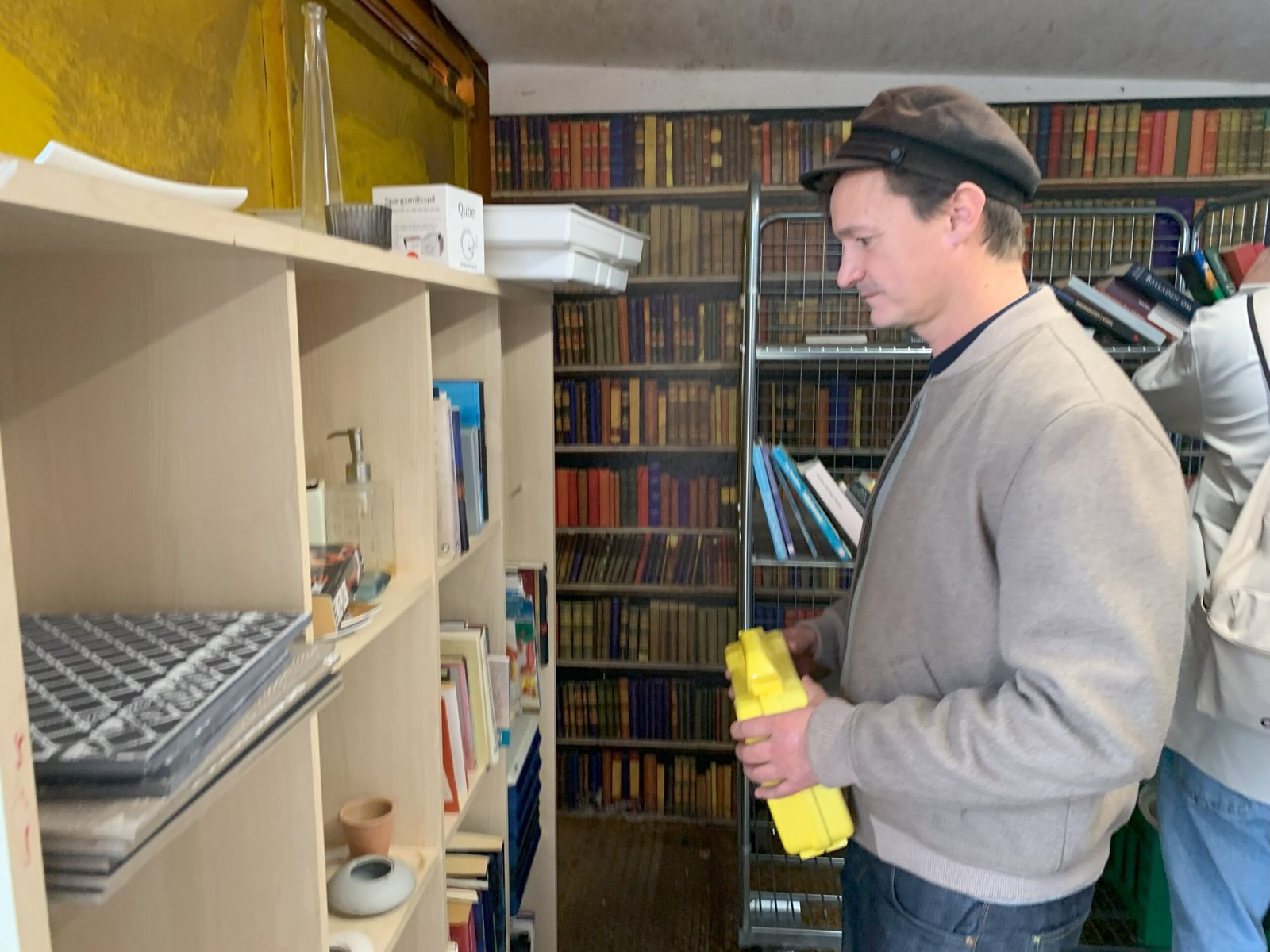
This is the goal of a new reuse room at the Lisbjerg recycling station, located on the outskirts of Aarhus. The area is part of one of the city’s largest urban development plans, according to the municipality, and it’s expected to grow to a population of 25,000 residents over, approximately, the next 65 years — almost 20 times the current population. That’s why it was the first recycling station to receive a reuse room. “It’s part of being prepared for the city that is being developed,” explains Laursen, adding that the recycling station itself is made with around 70 percent of recycled material.
Weighed down by negative news?
Our smart, bright, weekly newsletter is the uplift you’ve been looking for.The area is fairly quiet these days, but there are residents who come to drop off and take things. Among those residents are Tamer and Ulla, a couple in their 50s who go every week to look for things to reuse instead of buying them. “We don’t have a lot of money and it’s for free here. … So it’s perfect, instead of throwing it out, [there] are a lot of things that can be used again,” says Tamer.
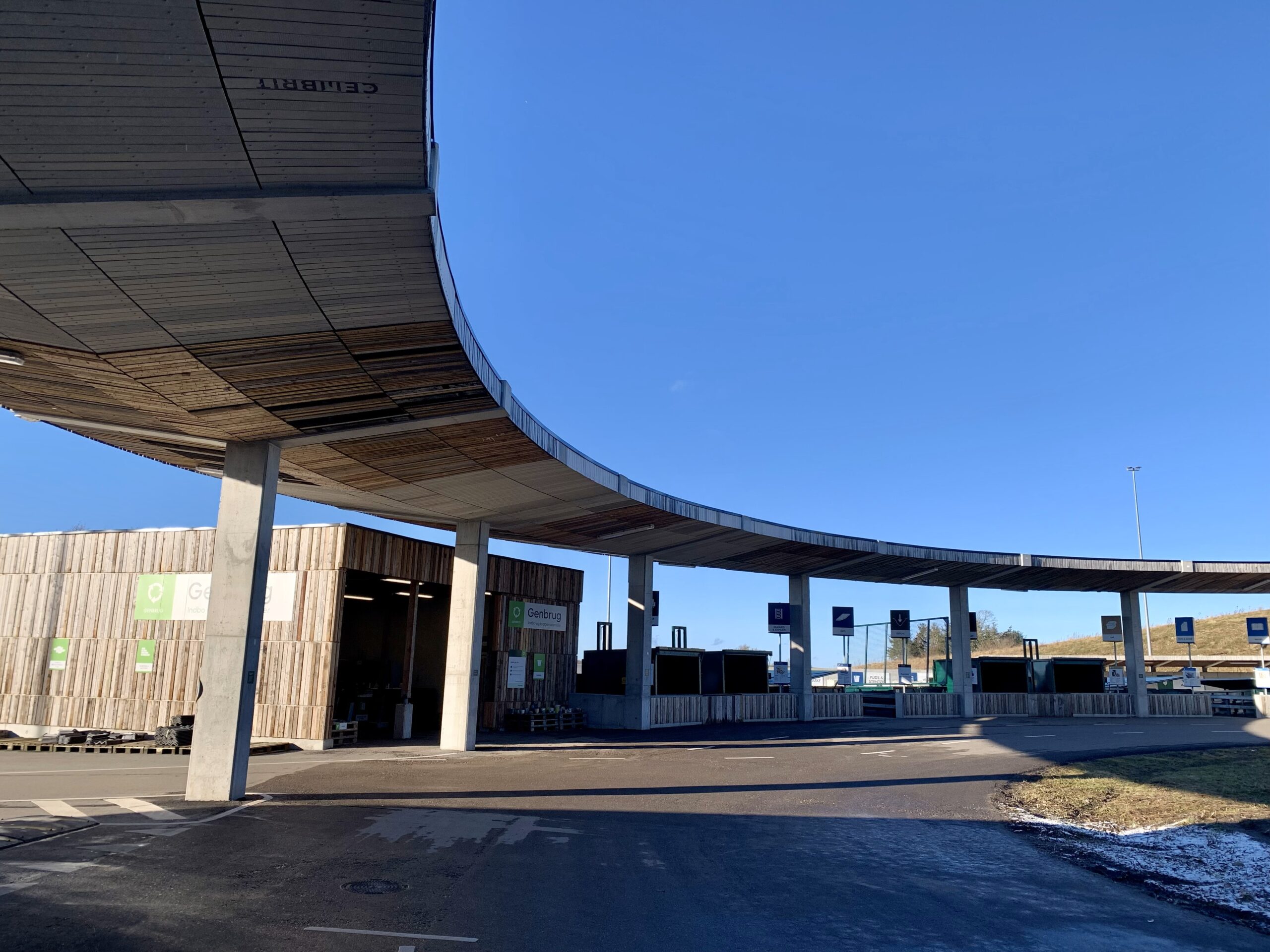
Ionel-Laurentiu Mavrodin, who visits the Lisbjerg recycling station about once a month, agrees. One day in early February 2024, he arrived with a friend, bringing a computer monitor and speakers. “I believe it’s good for the environment,” he says. “There’s no need to buy new stuff.”
Another center that opened after the new plan was launched was the Godsbanen center, located in the creative and cultural area with the same name. This one operates differently from the other centers, which are bigger and have staff. “It’s more cozy, self-serve. You log in with your identity number and come in,” says Laursen. “It’s a trust-based, community-based center.” It also offers a room where, with an ID, citizens can borrow things such as a sewing machine, construction tools or video games.
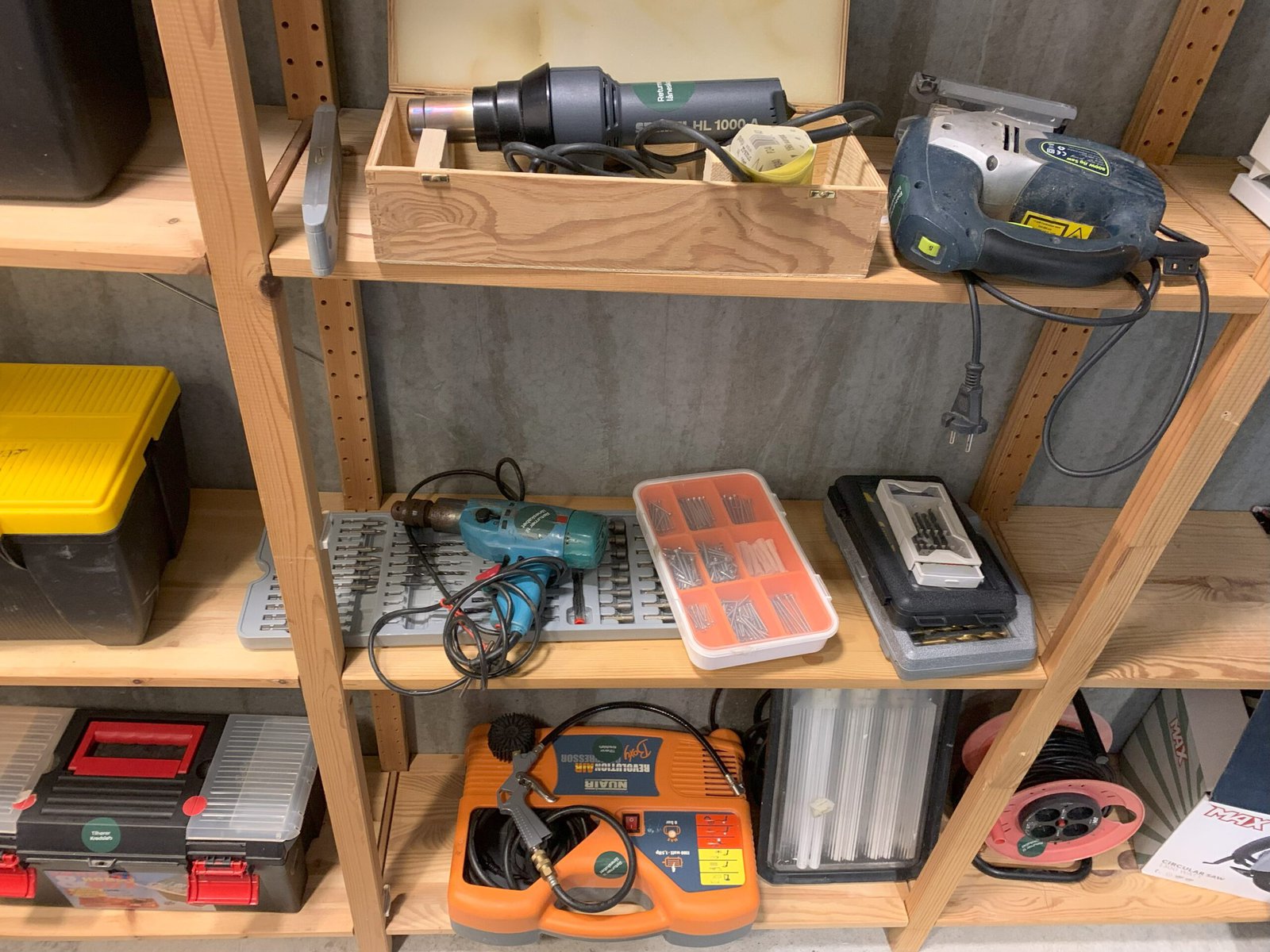
Aarhus’ plan was inspired in part by a book-saving project in Hungary, recalls Christensen, in which “Book Rescuers” circulated through the streets with special vehicles full of spare books, which they sold at very low prices. Aarhus took this concept of distributing unused things and adapted it.
Aarhus is an ideal place to experiment with such plans because its residents are keen on recycling and reusing. Besides its second-hand shop culture, the city also has a Facebook group with over 80,000 members aimed at giving things away for free.
A 2017 project, a collaboration between Aarhus University and the University of Copenhagen and led by Danish senior researcher Anders Branth Pedersen, found that most Danes were willing to spend a considerable amount of time sorting their waste.
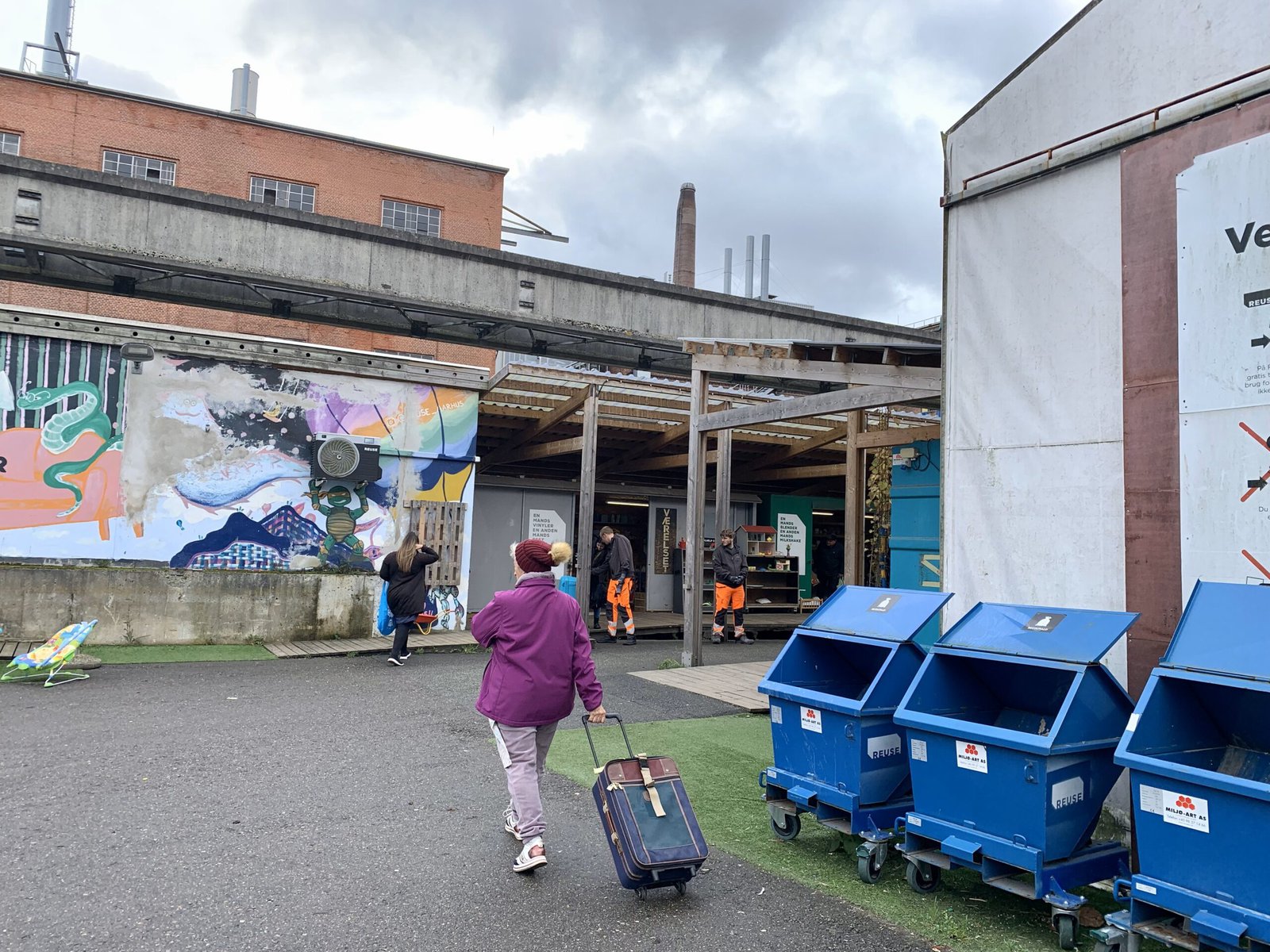
Pedersen highlights the role of residents’ trust in their government, a factor that may also influence the success of the reuse centers. The level of trust in Denmark is unusual compared to other countries, with higher trust rates for both central and local governments. When asked if they trusted that the municipality was handling the waste correctly, only 10 percent of Danes expressed low trust.
Christensen, Reuse’s coordinator, notes that people in developing countries are naturally inclined to keep things or give them another life, whereas in a wealthier country like Denmark, people sometimes give away goods that have barely been used at all. “Maybe 20, 30 percent of all the things we have here [at the center] are 100 percent unused,” he says.
Changing people’s behavior is a slow process, Christensen notes. But he is proud of what Aarhus is achieving. When it comes to building a circular economy, he notes, convincing citizens to go to recycling stations and pass on their unused objects is a crucial step.



